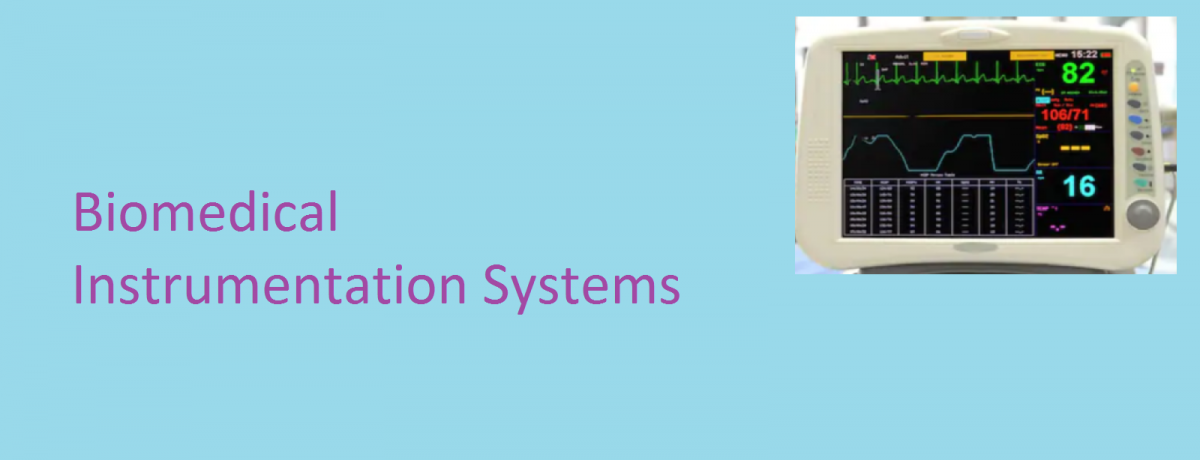This technique allows the mapping of surfaces on a molecular or atomic scale. It can also be adapted to measure interatomic forces.
The principle of operation of AFM is discussed as follows:
A silicon or silicon nitride probe with a fine (approximately 1 nm radius) tip is connected to a flexible cantilever. The molecular or atomic forces between adjacent surface and the tip cause the cantilever to bend according to the nearness of surface features to the probe hence the name atomic force microscopy. A laser beam reflecting off the cantilever indicates the position of the probe as illustrated in the figure below:

The tip is then moved across the surface in a raster pattern to build up a 2D image of the height of molecular features on the surface (surface topography). Since this dragging movement would tend to cause damage to the surface, a number of noncontact techniques have been developed. One consists of driving the cantilever to oscillate at just above its natural frequency. The nearness of the probe to the surface alters the natural frequency and hence the amplitude of this oscillation, which can be calibrated in terms of distance. Another technique is to use a “tapping mode” whereby the oscillation amplitude is much greater, and is at the natural frequency. Since the atomic forces are very nonlinear, the interaction is dominated by the force experienced when the oscillation is at its lowest point. Therefore, there is a very small variation in oscillation amplitude with the height of features of the surface. Actually, a servo-system drives piezoelectric elements to keep the tip in such a position that the natural frequency oscillations are maintained constant, thus following the height of the surface features. Since the tip only comes close to the surface intermittently, the damage is further reduced.
The surface can be in a wet environment i.e. covered by a layer of water when this instrument is used for biological work. Although this degrades the performance of the AFM, it provides useful information on viral and bacterial cell surface topologies and other biological relevant quantities. A number of modes are available, such as force spectroscopy, lateral force measurements, nanomanipulation, and the measurement of “spring constants”.
In some applications with the conducting surfaces, a current is passed between the probe and the surface. The current for fixed voltage is strongly dependent on probe-surface distance. Using piezoelectric actuators, resistance can be kept constant to measure height.
You can also read: Micrometer and Nanometer Biomedical Sensing Applications

